
Sibton Park Manor House in Suffolk is one of the hideaway properties in Fish&Pips’ UK portfolio
Luxury travel company Fish&Pips began by focusing on alpine holidays before expanding into the Mediterranean and more recently, the UK with a selection of handpicked hotels and remote hideaways. Here, we speak to co-founder Holly Chandler about expanding into new territories and handling the challenges of COVID-19

Holly Chandler (right) & Philippa Hartley
1.How was the concept for Fish&Pips born?
Philippa Hartley (The Pips) and I (The Fish) founded Fish&Pips in 2006. The name Fish&Pips (Holly nee Fisher and Philippa, Pips) was a light bulb moment courtesy of Philippa’s Mum – it just worked – thank you, Jill.
Follow LUX on Instagram: luxthemagazine
Philippa and I have been in each other’s lives forever. Our dads were best friends and we have been on holidays together ever since I can remember. Following university, we decided to do a winter season before looking for ‘proper jobs’ in London, and so after some Cordon Bleu training, Scott Dunn took us on at one of their luxury chalets in Méribel. We loved it and ended up winning a Chalet Team 2004 award. It was here that we realised we made a unique team. Whilst working for Scott Dunn, we saw a gap in the luxury market for a small, expert and personalised ski business, that treated its guests as individuals. With a friendly, professional approach to service, a team with a zest for life, a love of food and a background in hospitality, we had the foundations of Fish&Pips.
Over a decade on, after a lot of hard work, Fish&Pips has gone from strength to strength, and over the past thirteen years, it has cemented its reputation as one of the best small specialist ski companies in the UK, catering for 1400 ski guests each winter. Fish&Pips has been built on strong foundations of superb staff, great food and friendly but attentive service.

Fish&Pips’ portfolio also includes super yachts such as Jeannous (pictured here) which offers holidays around the Greek islands
Our loyal guests wanted an option to holiday with us in the summer, so due to popular demand, we launched our thoughtfully curated collection of Mediterranean hotels and villas in February 2019. Our new investor (Blake Rose from Scott Dunn Travel) helped turbo charge this vision, he came with a wealth of knowledge on Mediterranean product, luxury travel and high level customer service. In June this year, we launched our UK collection of hotels and hideaway and despite the current climate, Fish&Pips has been really gaining momentum.
We are now offering a Fish&Pips holiday across the French Alps, Mediterranean and the UK, and there are plenty more exciting things to come. As we grow we want to make sure that we remain The Friendly Travel Experts, a small team with a big heart.
2. How do you select your partnering properties and is there a specific criteria that they need to fill?
Yes, and this list of criteria seems to be ever-growing. All of the properties that we select must have the Fish&Pips factor and reflect what is important to us. We will only acquire properties that feel personal and welcoming, where the team are professional and friendly and the owner or manager lead with great attention to detail. It’s also important that they are well located and that they offer activities and experiences. They need to be stylish and have something special about the food, whether it be authentic or Michelin-starred. It is important to us to offer a variety of property types in each destination (family friendly hotels, adult and boutique hotels, wellness retreats, villas, hideaways) but they all need to satisfy the F&P criteria.
Read more: Laid-back fine dining at Knightsbridge restaurant Sumosan Twiga
We are also committed to working with properties that have a passion and policy for sustainability and supporting their local community. Minimising our impact on the environment is a responsibility of ours that we take very seriously and we are currently developing our approach and strategy on this.
When it comes to selecting properties, each property is thoroughly researched, rigorously inspected, re-inspected, and approved by myself and Philippa. It is so important to us to build a fantastic relationship with the properties and get to know them inside out. This is something we won’t falter on as it is this knowledge and detail which can make or break an experience and sets our offering apart. Over the past few months visiting new properties has had to be put on hold so we have instead spent many hours on zoom with owners and managers, but we cannot wait to see them all in person soon.

Each property that partners with Fish&Pips is personally chosen by the founders based on specific criteria
3. What’s your most popular collection and has it changed over the years at all?
Our original offering of operating ski chalets in Méribel Village is still a huge part of our business. However, we are now into our second year of our hotels and houses collection across Europe and we are certainly seeing this grow, not only with our ski guests, but noticeably with new guests turning to us for our expert advice for their summer holidays.
Our UK hotels and hideaway launch has been incredibly popular; in fact, the high level of enquiries blew us away. Everything was aligned for this launch – stunning properties, some fantastic press coverage and excellent timing with a UK staycation boom. We love what the UK offers – there is so much on our doorstep from heritage and history, to more incredible boutique hotels and unique hideaways. With this in mind, we are continuing to develop our UK collection and are excited to introduce more wonderful properties in the not-so distant future, this is just the tip of the iceberg.

The kitchen dining room at Moat Cottage, one of Fish&Pips’ UK properties
Our aim is to become a one-stop shop for travellers. Whether they want a short weekend away in the UK, a summer break in the Med or a ski holiday in the Alps. We want them to be able to come to us eventually for all of their holiday needs. We have big plans!
4. How do you think the coronavirus crisis will affect the travel industry in general and Fish&Pips in particular?
It is certainly a very challenging time for travel and it is difficult predict how it will affect the industry – who knows when normality will resume? With ever evolving policy and travel advice, there is now the added complication of unpredictability! For the industry, there is an element of having to plan ahead, but also to think on your feet and pivot where necessary to react efficiently to these changes. This is where our UK offering has been so successful, as we fast tracked our plans to adapt. It’s definitely takes us out of our comfort zone not being able to make a solid strategy but being small and owner-run, means we can be reactionary relatively easily.
Read more: SKIN co-founder Lauren Lozano Ziol on creating inspiring homes
What I can tell you is how this has shaped the travel industry and Fish&Pips in the short term… At the moment, travellers need the confidence to book. This is where flexible cancellation policies have really become key. This is one of the most important criteria for guests when booking now, whether it be to the Med, Alps or the UK and I can’t see this changing for quite some time.

Sublime Comporta is one of Fish&Pips’ hotels in Portugal, offering a luxurious eco-retreat one hour from Lisbon. Image by Nelson Garrido
The human touch is more important now than ever and I think this will be an ongoing trend. Covid-19 has shown the importance of the ‘human touch’ and we have really felt this when it has come to people planning their holidays this summer and next winter. Guests want to be able to speak to you on the phone and use your expert knowledge and reassurance to build confidence. It is more important than ever for tour ops to be able to be that extra helping hand.
We have seen a bit of a divide with our guests this summer, and again I think this will be ongoing well into 2021. Those that are embracing the abroad escape and those that would rather not travel out of the country.

We have also seen the type of holidays that people are taking shift as travellers choosing not to travel abroad instead choose to spend their money on more of a luxury UK product whether it be boutique hotel, farm to fork country estate, a glamorous hideaway, a contemporary tree house or a splendid 40th birthday!
For us, we just want to make sure we are ready for guests whether they decide they want to stay close to home or to venture further afield. With this mind, we will continue to develop our portfolio in current destinations, grow our villa and hideaway offering across the board, and we are currently working on some exciting new (and slightly chillier) destinations which we hope to launch in September.
Adaptability is key so that we are ready no matter what is thrown at us next!
5. What’s your approach to sustainability?
Sustainability is something we are really passionate about at Fish&Pips and I have actually been nicknamed ‘Swampy’ for always talking about the environment. We always try to have sustainability at the front of our minds, from our chalet operations to when we research and talk to hotels.
From a chalet perspective we have teamed up with an amazing company called ‘One Tree At A Time’ who are really challenging the way that the ski industry operates. They have created a Pledge system whereby companies and individuals commit to changing the way that they operate and live, with a more sustainable future in mind. We were the first chalet company to sign up to the Pledge last winter and have seen some fantastic results. Our aim is to set a tried and tested template for other chalet companies to follow to help reduce their own carbon footprint.

A two bedroom cabana at luxury eco retreat Sublime Comporta
Our aim was to reduce (waste, plastic, consumption, energy, palm oil, carbon), educate (train our team, challenge our suppliers) and plant trees (offset and encourage our guests to do the same). Guests can now offset their carbon with us by planting trees with us. Last winter we planted 6,700 trees in 4 months.
Read more: Why now is the time to check into Mandarin Oriental Hyde Park
When we talk to potential properties, one of our top questions is ‘What are you doing to be more environmentally responsible?’ Our UK properties are really quite impressive and are leading the way for sustainability in the hotel industry, from using locally sourced, farm to fork food, no single use plastics and really caring about their local communities.
We are currently working on a F&P Green Stamp that we will award to properties that are actioning a strong environmental policy and doing their best to make the world a little bit of a better place. Nature is one of the most important reasons for travel, so we must protect it so that future generations can have the same opportunities that we have had.
6. Where do you go to get away from it all?
In the summer I actually live on a stunning tiny Channel Island called Alderney. I’ve grown up between there and London, and have holidayed there since day dot. It has always been my solace, and place of calm, although the social scene on an island 3 miles by 1 is pretty hardcore! At the moment, Alderney feels more away from it than ever before with strict 14 day quarantine restrictions in place for anyone entering, but once you’ve stuck it out then it is totally worth it as it is business as usual – everything’s open, no masks, no bubbles, no social distancing. I am truly spoilt by the beauty of the beaches here, honestly they are out of this world and with only a handful of people to share them with. We can also escape to Guernsey, Sark or Herm by boat should cabin fever kick in. So this is my current getaway and I am actually relishing it, enjoying the peace on this beautiful, untapped island.
Come Autumn, I will absolutely be ready to travel again and I can’t wait to get back to the UK to explore all of our wondrous UK properties and scour the country for more gems – a weekend break away in any of those is my idea of heaven, and Scotland literally blows me away. In the winter, there is nothing like the feeling of freedom that skiing gives you and I won’t give up my ski holidays for anything as they are engrained in our lives having lived in Méribel for 14 winters and my husband is also ski instructor. If I have the time between running businesses (I have a couple in Alderney too) and bringing up my children, I absolutely love heading to the slopes for a few hours, followed by a large glass of wine.
As for travel outside of the UK and France, I adore the variety that Europe has to offer from villas and yachts, beaches and coves, to out-of-this-world authentic dining, to countryside retreats, and icy open space up Iceland and Scandinavia. When things settle down I cannot wait to get back out there and explore more far flung destinations, but for now, Europe offers more than enough for me.
Find out more: fishandpips.co.uk




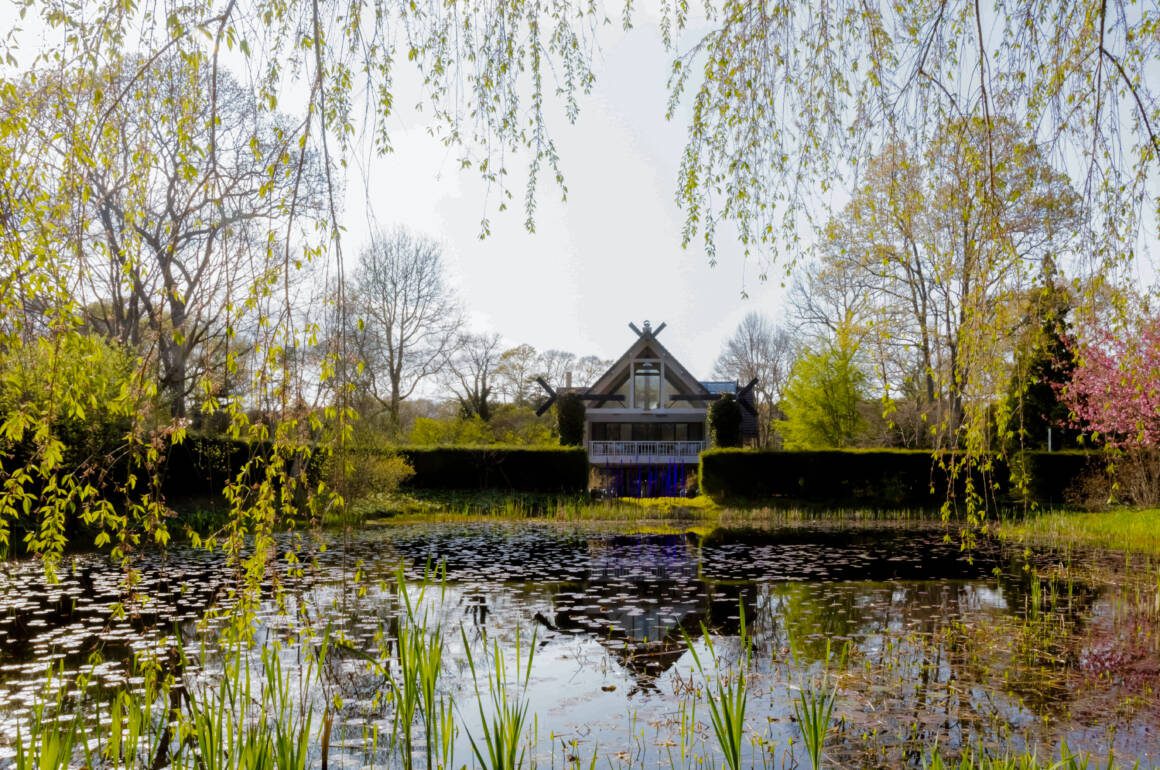








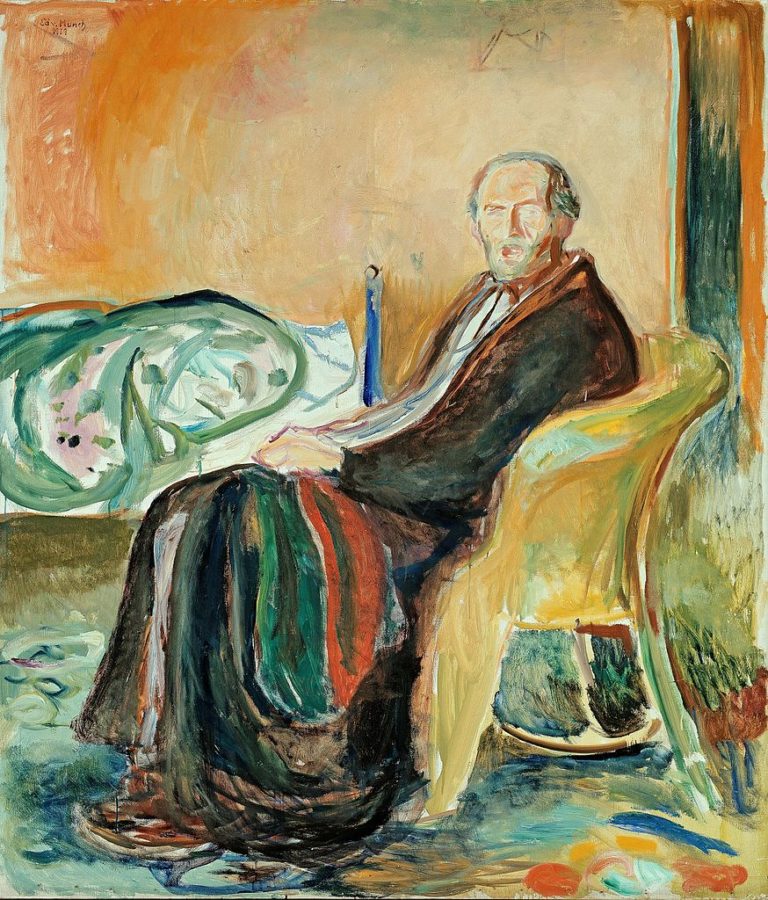










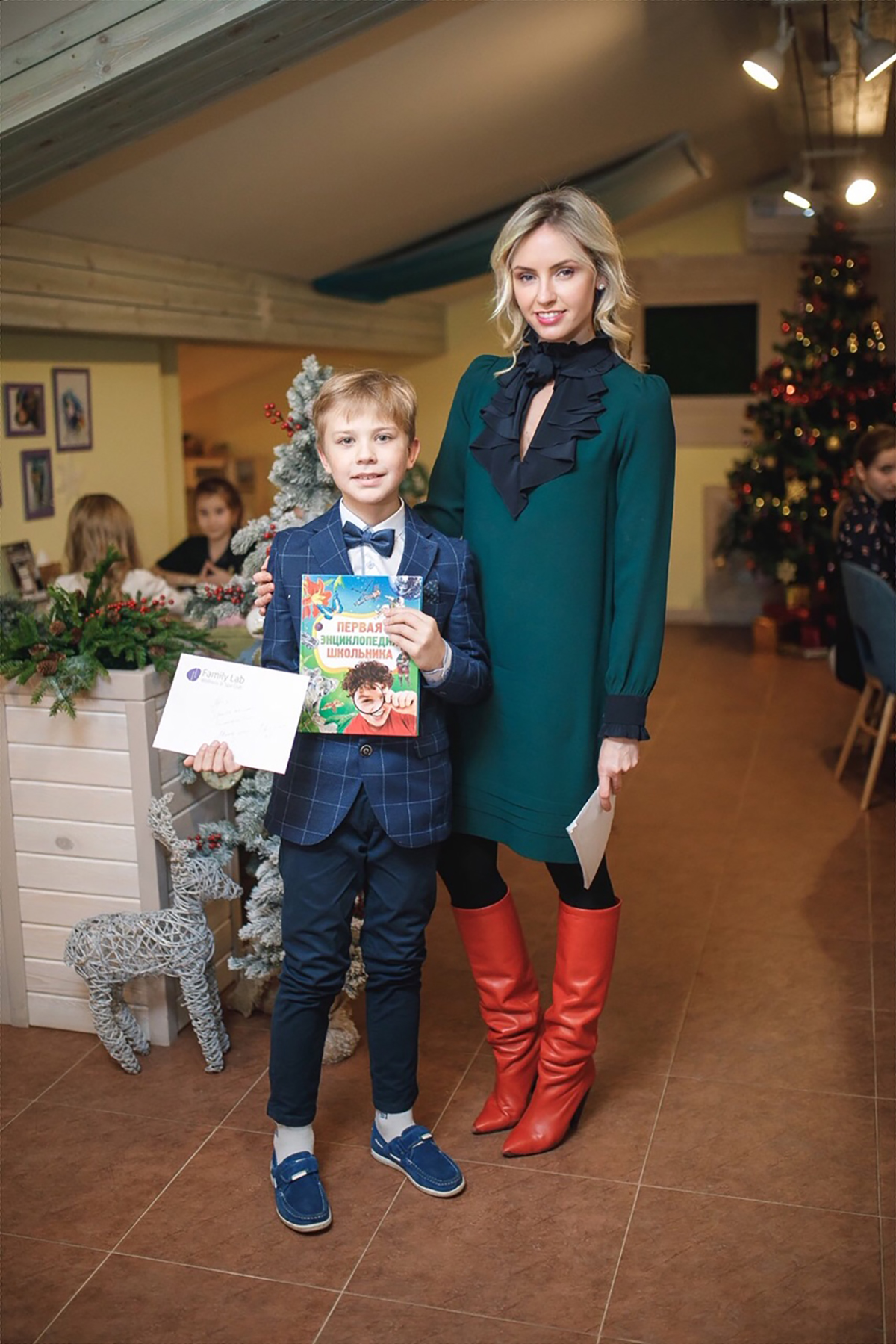
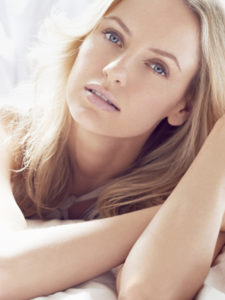
























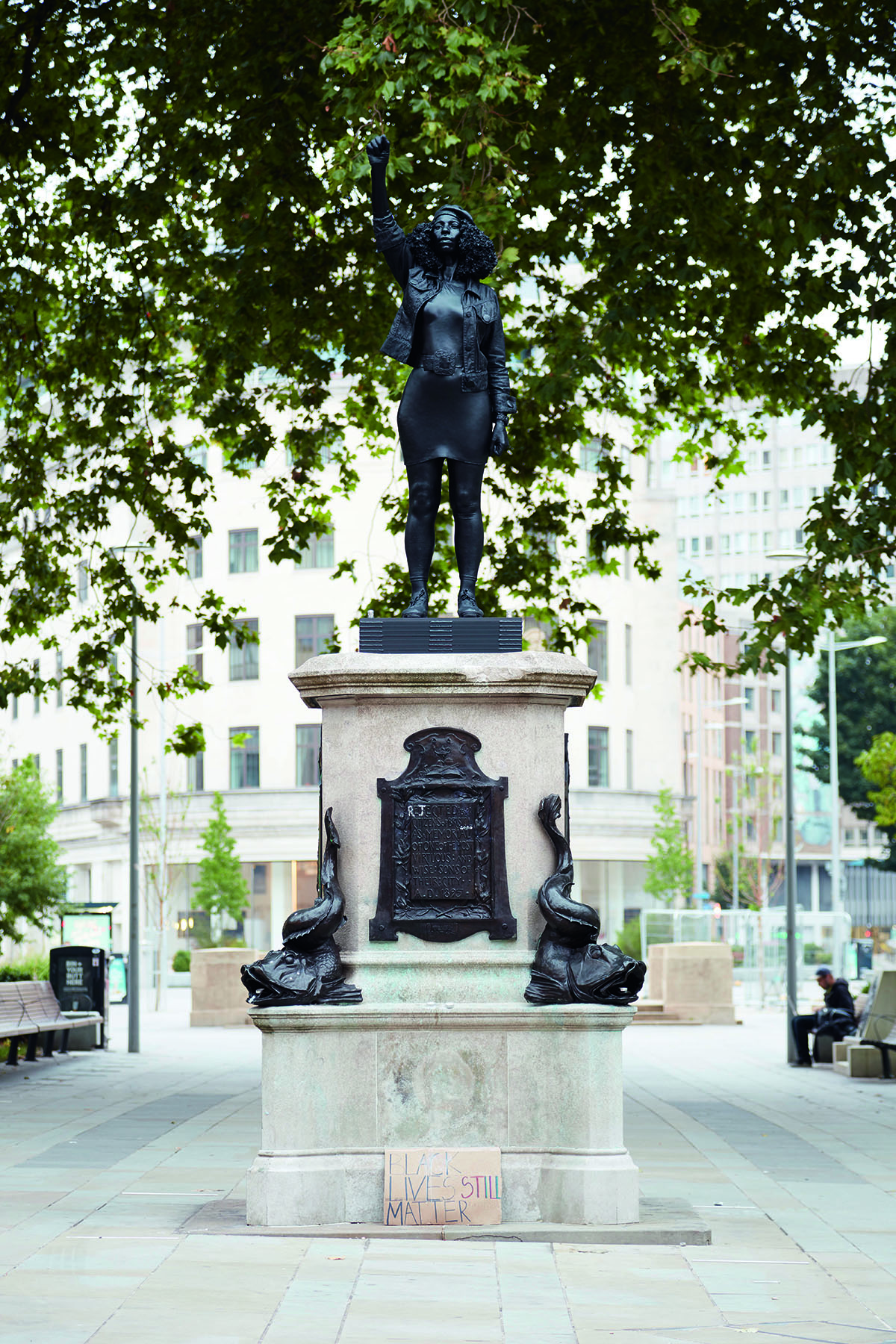



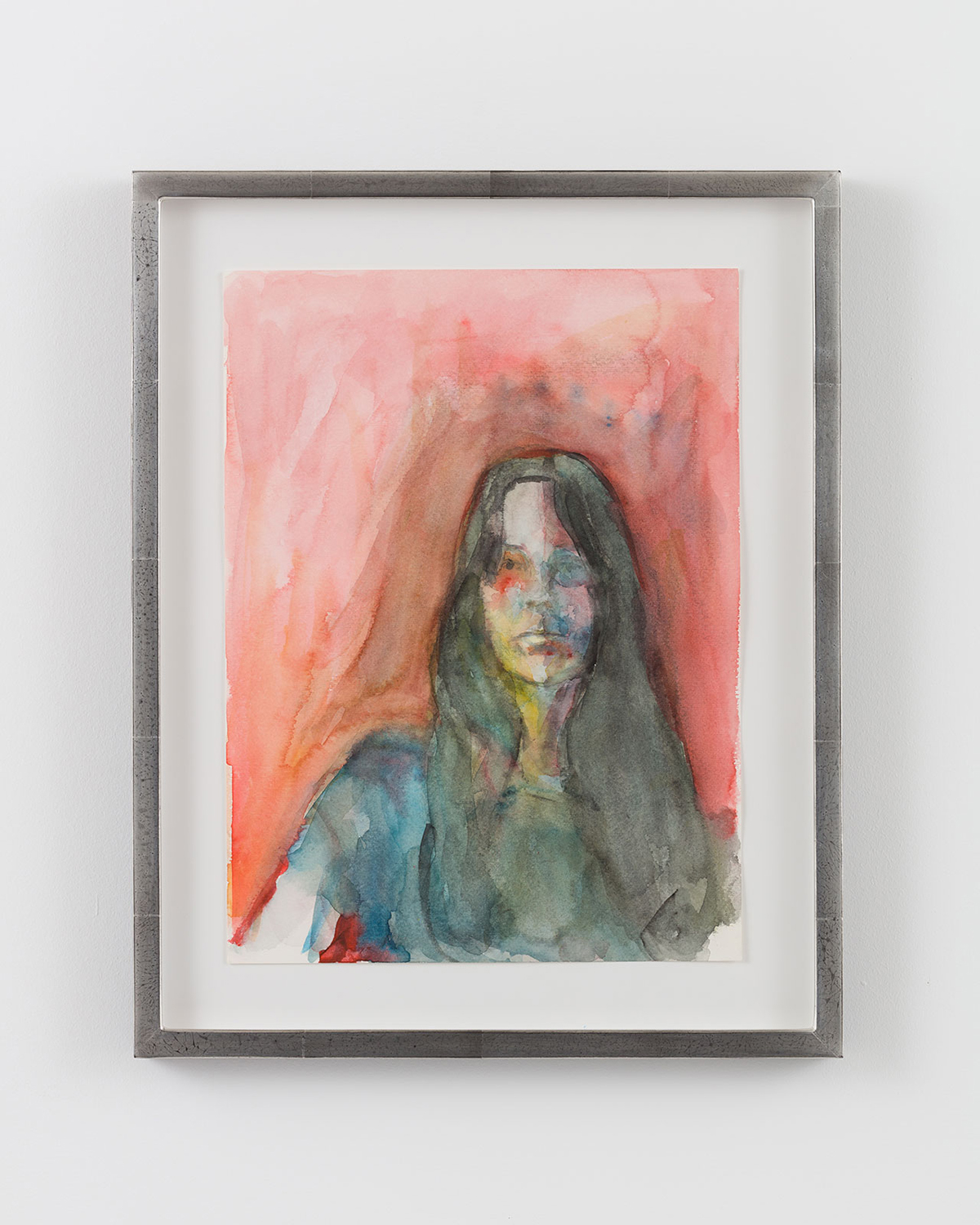


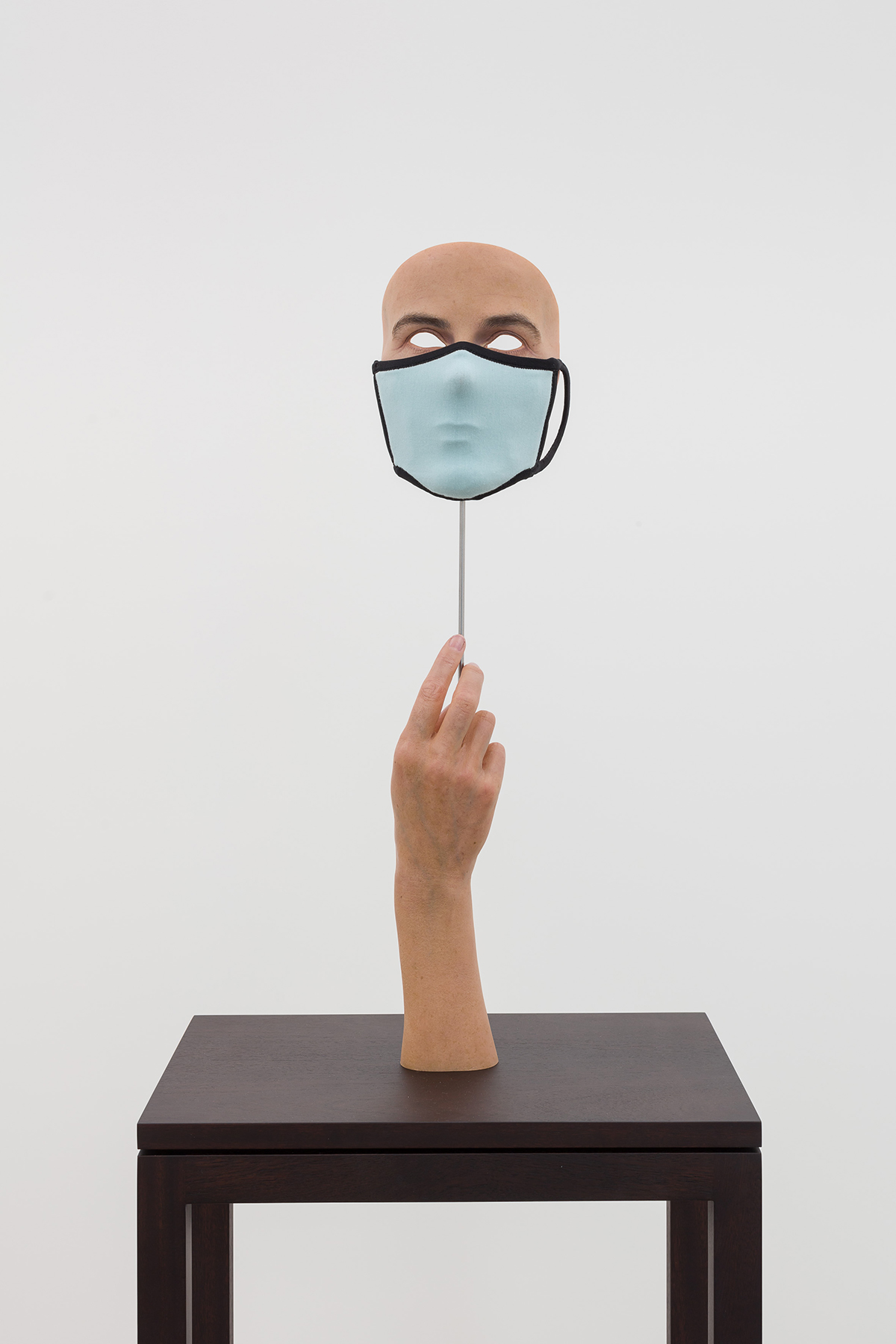








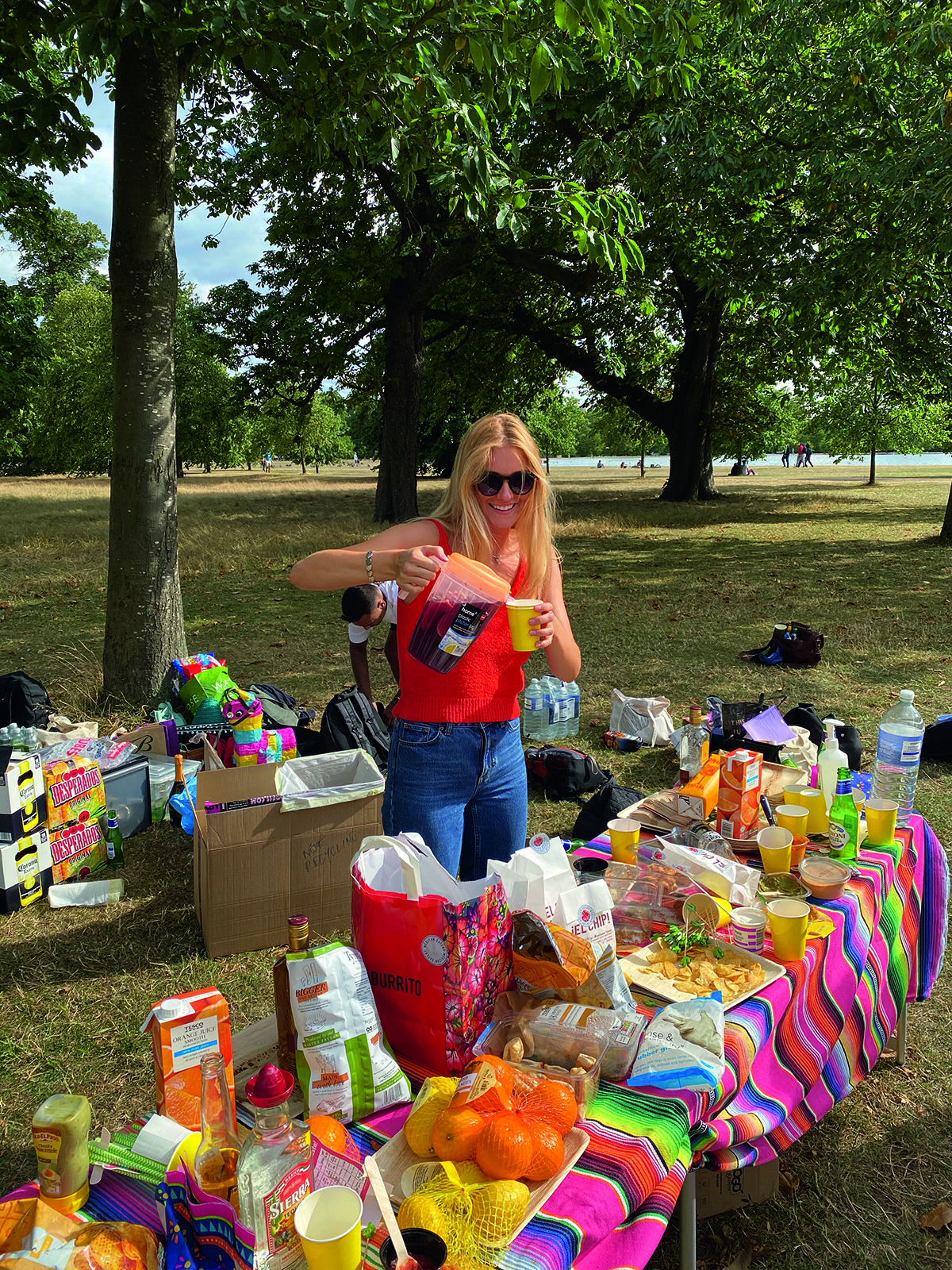



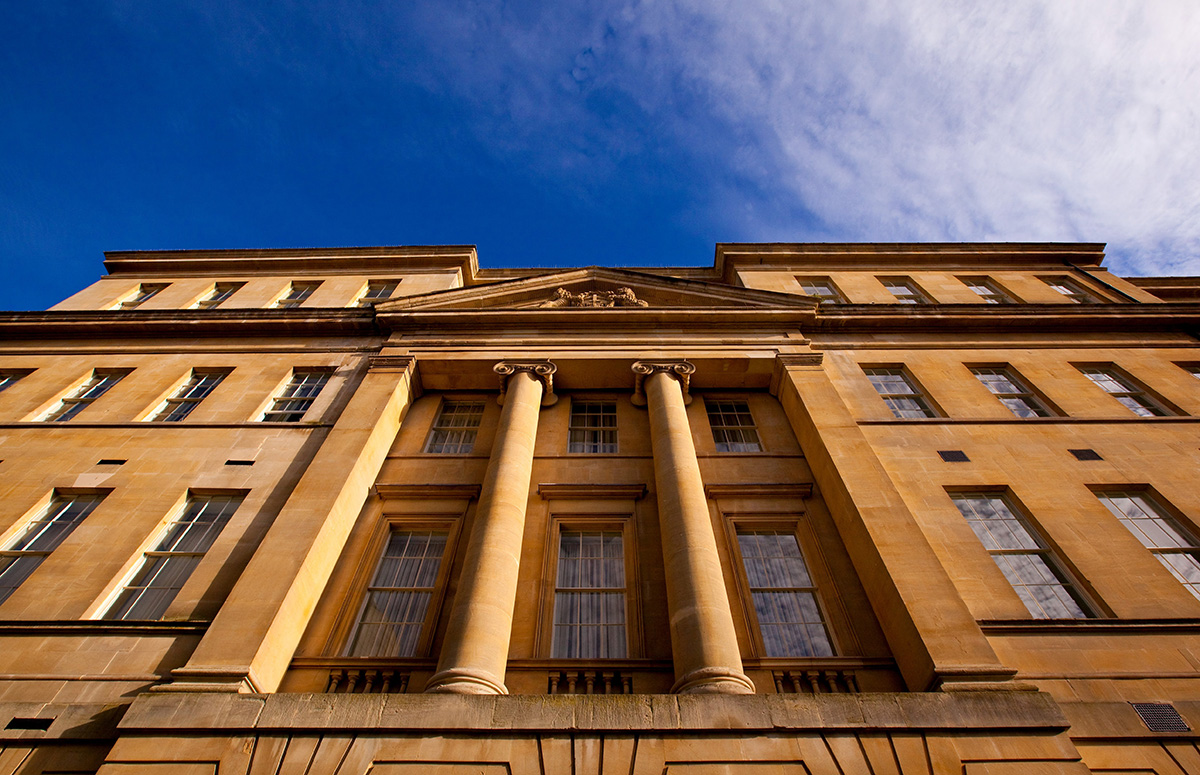














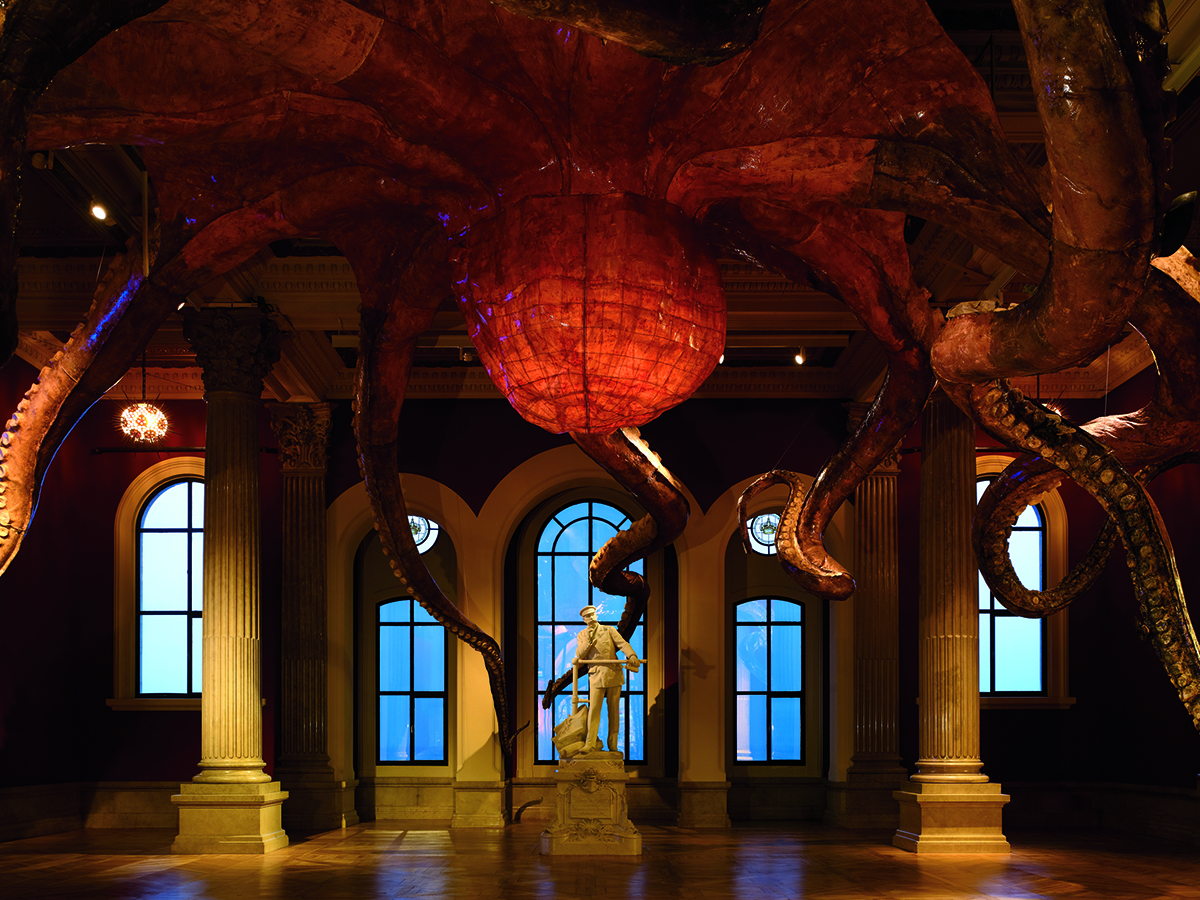


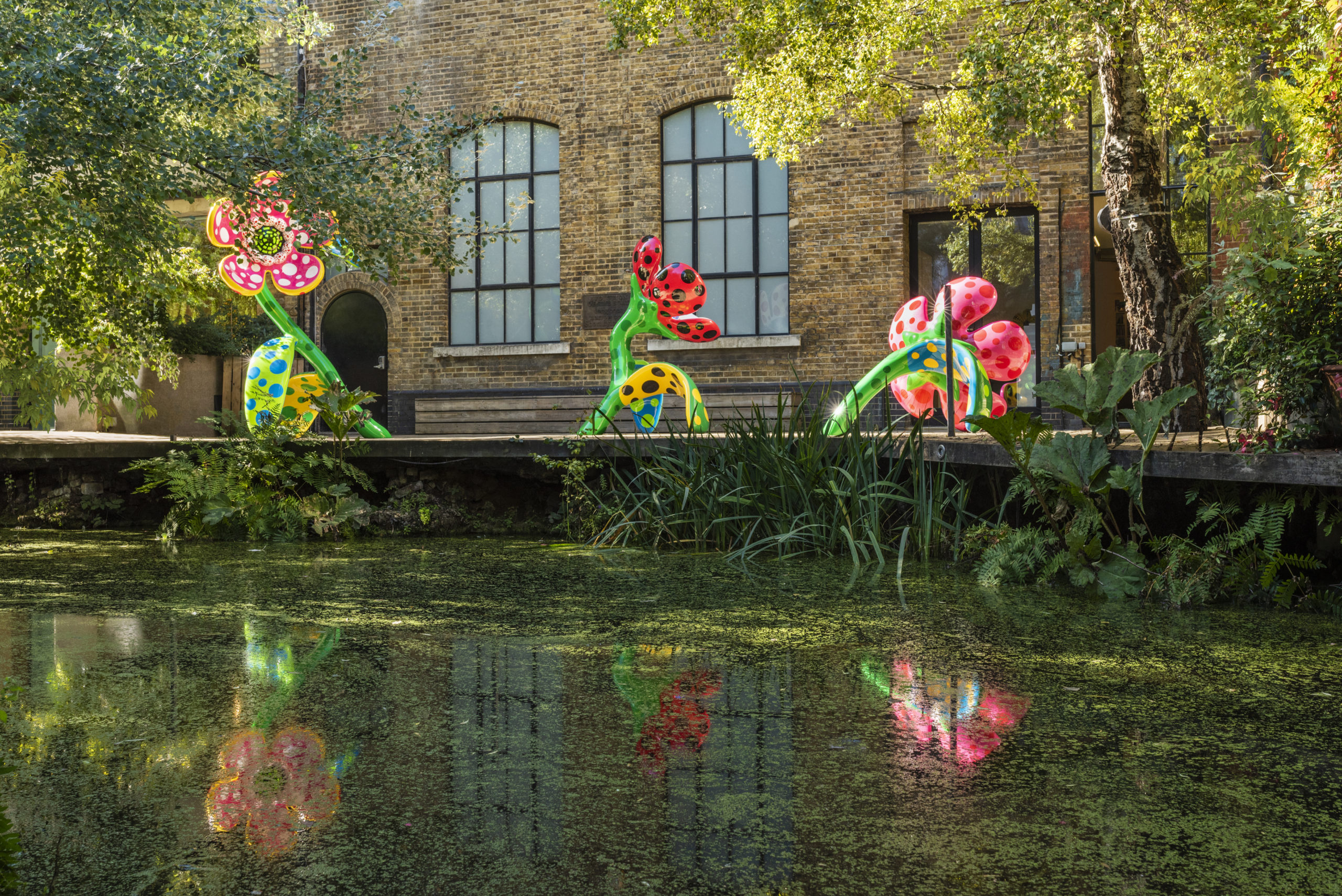


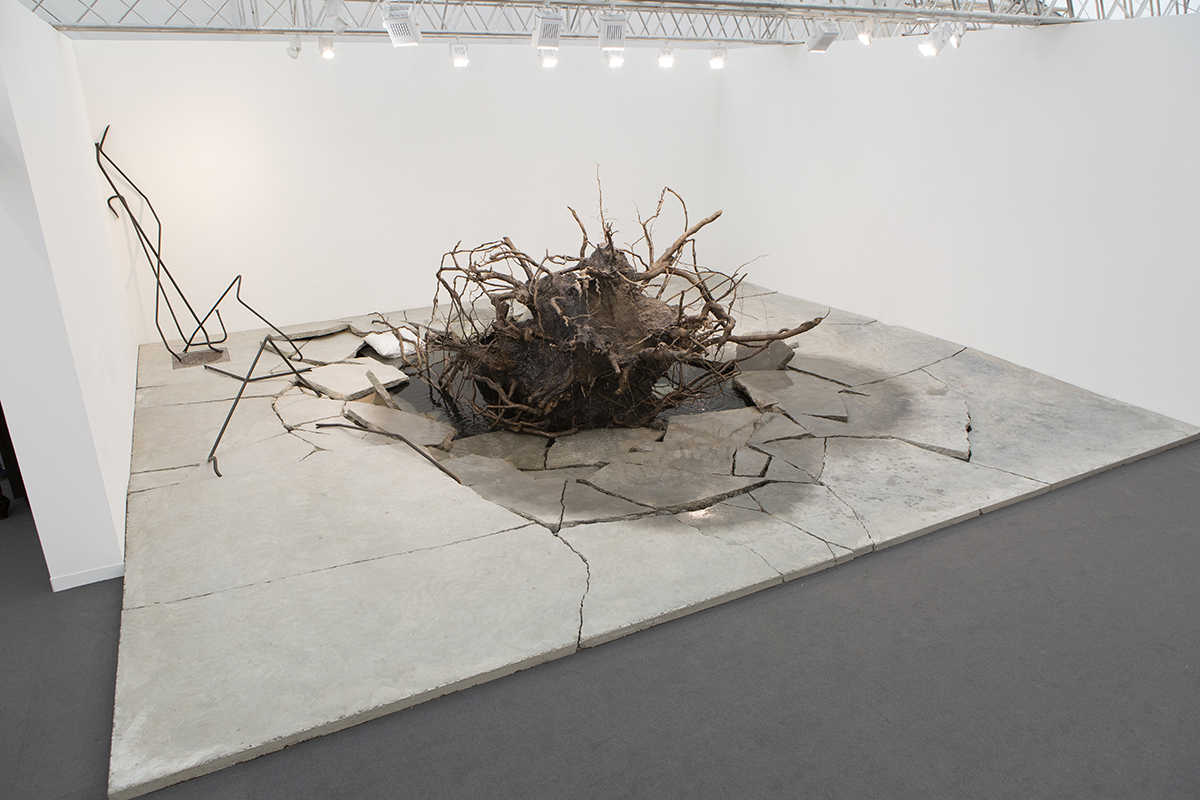










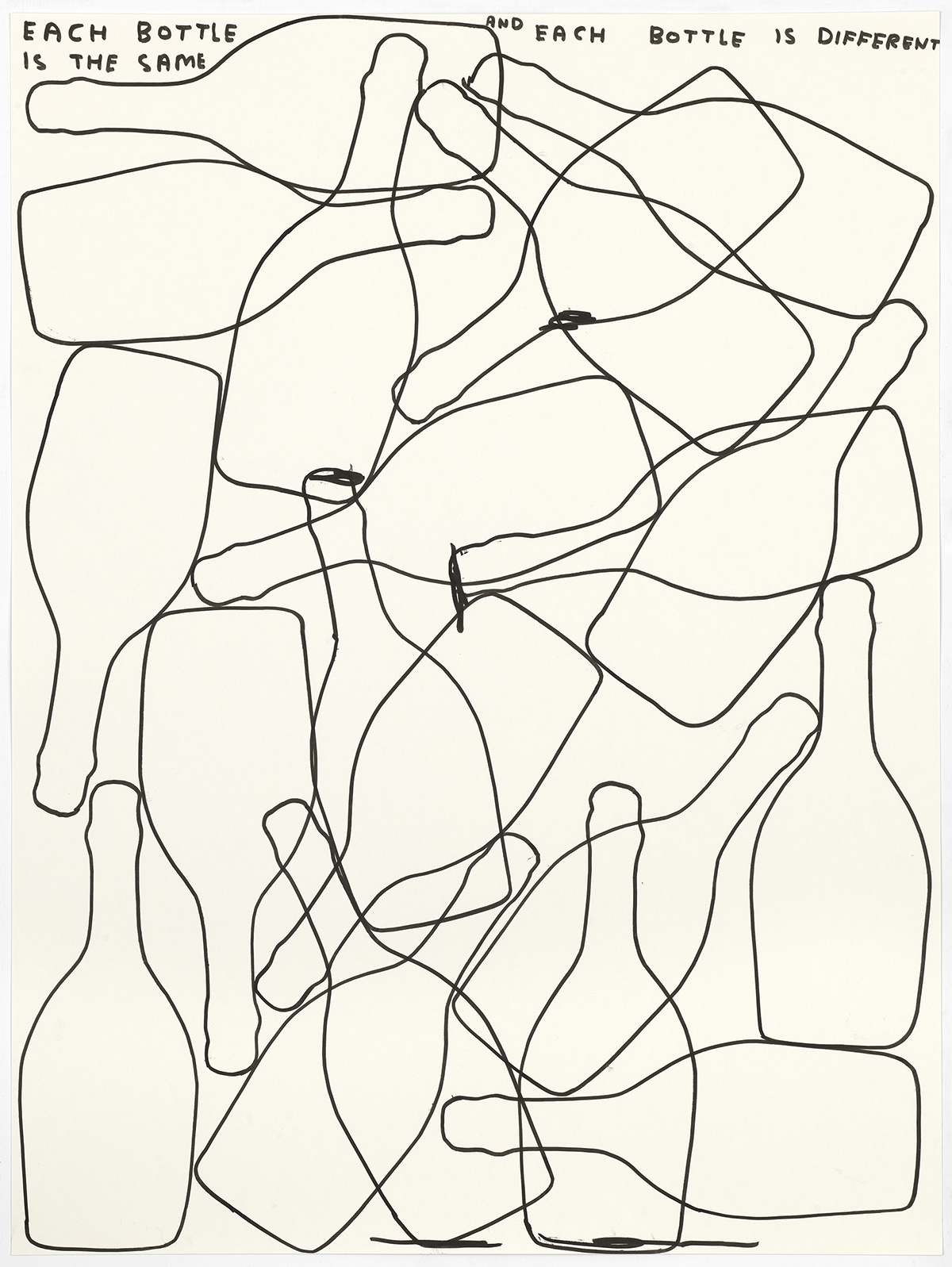





















Recent Comments